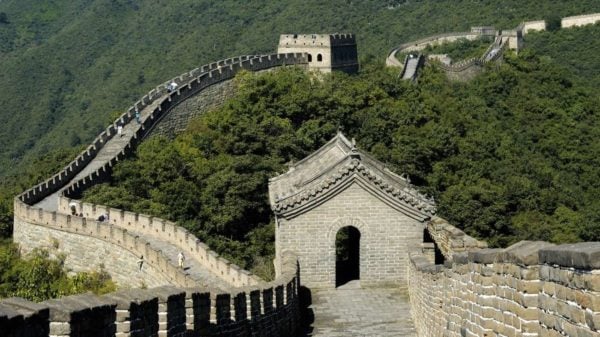California’s fate may be sealed very soon when it comes to devastating ecological impact. From groundwater issues to species extinction to raising insurance costs, a number of areas may face sudden irreversible changes that impact countless lives.
According to the third annual Interconnected Disaster Risk report from the U.N University’s Institute for Environment and Human Security, these and other serious changes are coming in the near future for the massive west coast state. The value of these reports is that by identifying these near-term threats we can reconfigure some priorities and decisions to pave the way for our future. Short of that things are bleak.
One major issue is the “cascading” nature of these types of problems, according to UN University Institute’s deputy director Zita Sebesvari. The domino effect is very real, and quickly turns a snowball into an avalanche where loss of livelihood and life itself becomes a very real outcome. Our society functions on systems we rely on, and if they are disrupted the consequences are immediate and widespread.
One perfect example? Global supply chains. The interconnected nature of industry and commerce means that trade and communication networks can break down more easily and grind forward progress to a halt for businesses and individuals everywhere. California is a massive economy unto itself, so while its proximity to dangerous tipping points may seem quite far away to some, it’s a lot closer to home than a plane flight would have anyone realize.
Groundwater depletion presents a unique challenge as billions of people rely on it. When underground reservoirs called aquifer wells run dry, water becomes expensive, and people can start to see the problems compiling from there for such a critical resource. More bad news is that California already has many wells running dry. At this moment 21 of the world’s largest qualifiers are being depleted faster than they can be replenished. But the problem with groundwater doesn’t end there.
70% of groundwater withdrawal is for agriculture. Food production then becomes the next domino to fall and given how much food California produces on a global scale, the impact will be felt close to and quite far from home all the same. The Sustainable Groundwater Act is an attempt to get in front of some of this. But that is a solution that won’t take effect before the state crosses this particular rubicon.
Another major tipping point just around the corner is related to heat. Record heat it the globe this year with August beating the 20th century average by 2.25 degrees. Heat waves took place everywhere, but California’s infrastructure isn’t ready for this kind of increase, nor are individuals pocketbooks.
When it comes to natural disasters insurance helps protect homeowners for example, against catastrophe, but things are heating up so fast (in more ways than one) that soon many Californians will face the reality of being uninsurable which exposes everyone to massive and devastating risk. By 2030 over 500,000 homes in Australia will become uninsurable, so this problem will be felt on a global scale. In 2022 alone there was a 313 billion dollar loss just in global economic disasters.
Space debris is another accelerating issue, with 34,260 objects tracked, and only 25% of them functioning as satellites. That’s a lot of space junk. Considering how fast these items travel (over 25,000KM per hour) they can cause a ton of damage. These little pieces of debris also break into smaller ones making collisions more and more likely. As we crowd the orbit with junk and mini-junk we make it harder for the things we need there to function without breaking, or colliding. The orbit is a natural resource we are essentially running out of space.
The world’s highest mountain glaciers function as water towers, storing fresh water that becomes meltwater and fuels a region. As they melt faster than new snow can replace we experience a greater risk of flooding. Between 2000 and 2019 267 gigatons of ice were lost on glaciers. There are an estimated 1.9 billion humans at serious risk from this ongoing accelerating problem.
Species have gone extinct before, but what happens when extinctions impact others in rapid succession? We know many species form a symbiotic relationship, so when when goes suddenly others follow and a certain type of ecological chaos ensues. The wrong version of this kind of ripple effect can create an ecosystem collapse. There are currently 1 million plants and animals facing extinction within the next few decades- a potentially devastating turn of events in many cases.
































